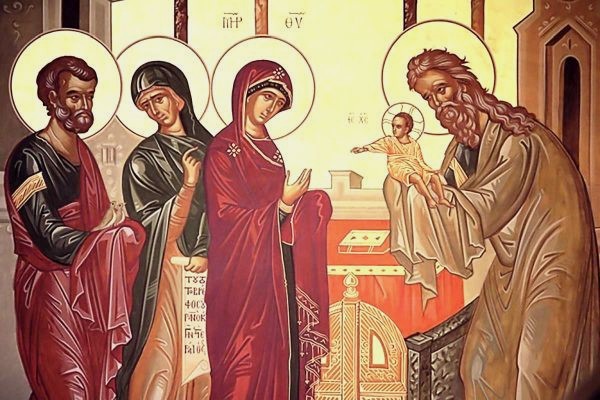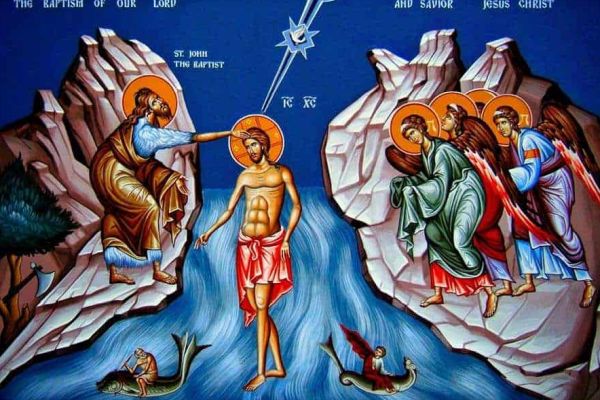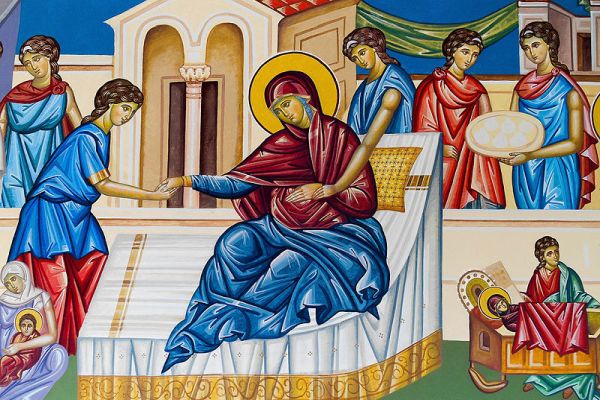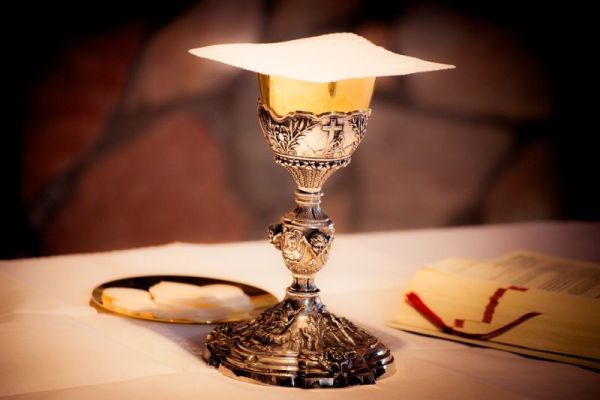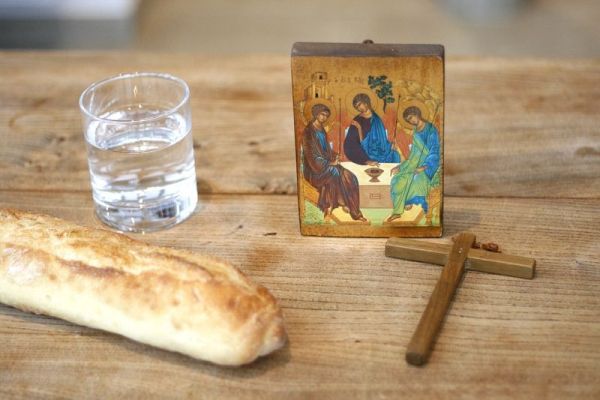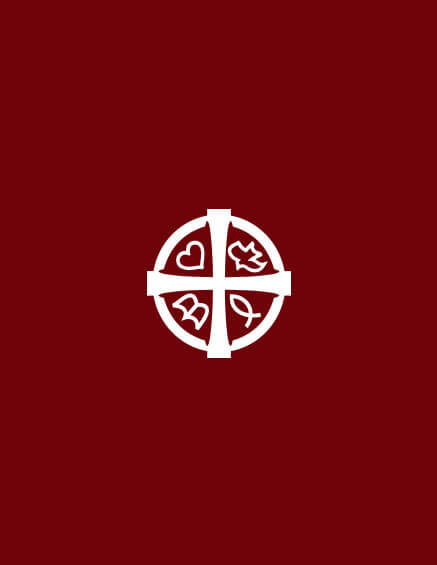The Feast of the Exaltation of the Cross
The Feast of the Exaltation of the Holy Cross, celebrated on the 14th of September every year, is a major celebration of the Church commemorating the rediscovery of the ‘True Cross’ – the cross used in the crucifixion of the Lord Jesus Christ.
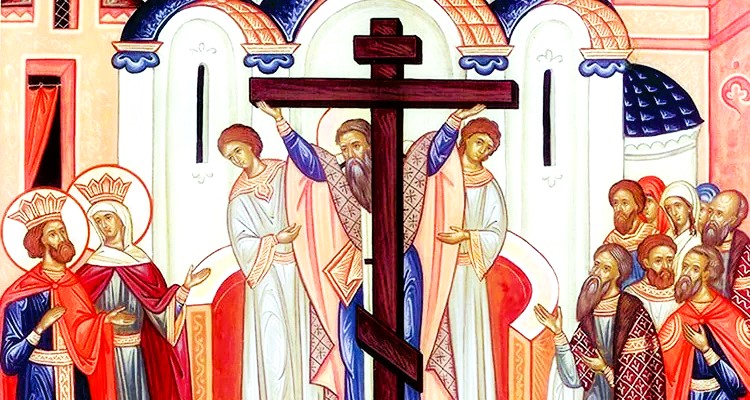
History of the Feast
The Feast recalls three historical events:
One: The finding of the True Cross by St. Helena, the mother of the Emperor Constantine.
Two: The dedication of two churches built by Constantine on the site of the Holy Sepulchre and Mount Calvary.
Three: The restoration of the True Cross to Jerusalem in 629 AD by the Byzantine emperor Heraclius II from the Persians.
According to Christian tradition, it was St. Helena, the mother of the Roman Emperor Constantine the Great who had the divine inspiration in 326 AD to make a pilgrimage to Jerusalem to search for the tomb of the Lord Jesus Christ. Her efforts led her to find both the original site of the Sepulchre1 and also the True Cross nearby, under the foundations of the pagan Roman temple2.
A few years later, her son the Emperor Constantine built a shrine on Mount Calvary to mark the place where Christ was crucified and alo built and dedicated the Church of the Holy Sepulchre at the site of the discovery on September 14 in 335 AD3.
Significance of the Feast
“”The cross is the door to mysteries. Through this door the intellect makes entrance in to the knowledge of heavenly mysteries.” St. Isaac of Syria
Although this feast celebrates the historic recovery of the Holy Sepulchre and the True Cross, the feast is an opportunity outside of the observances of Holy Week to celebrate the full significance of the victory of the Cross over the powers of the world, and the triumph of the wisdom of God through the Cross over the wisdom of this world. During the feast we remember how God transformed this barbaric instrument of torture into a divine “tree of life” that brings hope to mankind.
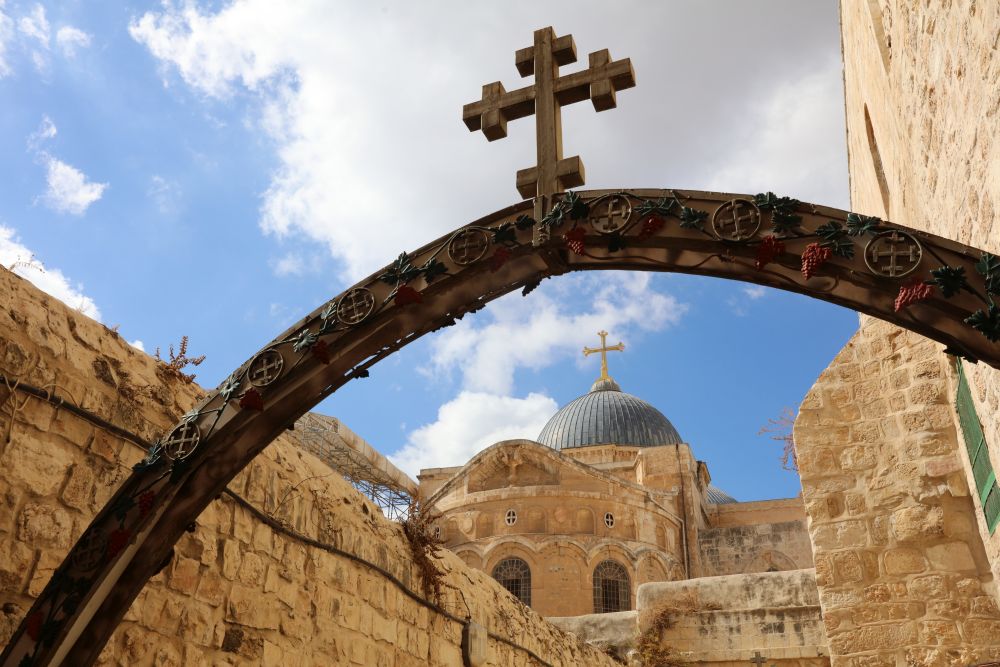
Some of the ways, the Feast is celebrated
•Elevation of the Cross– When St. Helena found the True Cross in the 4th century, the Patriarch Macarius of Jerusalem is said to have lifted the cross in the sight of all people who had come to see the miraculous object, while they responded by saying “Lord have mercy”. In the orthodox churches, during the Feast, the cross is taken from the sanctuary, and is lifted by the celebrating priest in all the directions while the faithful prayerfuly respond saying “Lord have mercy”.
•Readings – The main reading from the Old Testament is from Exodus 15:22-16:1, where it talks about how the bitter waters of Marah were made sweet and life-giving, when Moses was directed by God to throw a piece of wood into them. The liturgical readings on the Feast (in the Western Churches) also draw comparisons between Moses’ bronze serpent of Numbers 21, which was raised up on a pole so that all who looked upon it would be cured of their ailments. The Gospel readings for the Feast talk mainly about how the Lord Jesus was prepared to carry His cross for the salvation of the whole world4.
•Keeping the cross in the centre of the church. During the eight days after the feast, the cross is kept in the center of the sanctuary. The faithful come and bow down in front of it and kiss it. On the last day of the feast, the priest and deacon will cense the cross, and then they will solemnly return the cross back into the sanctuary.
•Basil – Tradition says that St. Helena discovered the True Cross under some flowering basil plants, that is why basil leaves ((a close relative of the Indian Tulsi) are used a lot in this feast – near the cross, during the processions inside the church, around the icons and also distributed to the parishioners during the feast.
Why we celebrate the Feast of the Exaltation of the Cross
1: A reminder of the primary symbol of our faith – the Cross.
“Far be it for me to glory, save in the cross of our Lord Jesus Christ” (Gal. 6:14)
The cross is today the universal symbol of Christian belief. It is seen today as a thing of beauty to be carried in procession or even worn as jewelry. But it was not so for the early Christians. It was a symbol of shame. Even St. Paul calls it a symbol of curse (Galations 3:13) But today, we recognize that the cross of Christ has become the Tree of Life.
“We have been born anew through baptism and restored by the tree of the cross. When Christ provided for us the refuge of his cross, the Lord destroyed the sting of death which was reigning over us.” St Benedict of Nursia”
“And what is the boast of the Cross? That Christ for my sake took on Him the form of a slave, and bore His sufferings for me the slave, the enemy, the unfeeling one; yea, He so loved me as to give Himself up to a curse for me. What can be comparable to this? – St. John Chrysostom, Homilies on Galatians
St. Paul again said to the Corinthian Church that “the message of the cross is foolishness to those who are perishing, but to us who are being saved it is the power of God”5. That is why it is the primary symbol of our faith, and that is why we sign ourselves with the cross to mark ourselves as belonging to God.
2: A reminder of our calling – to bear the cross daily.
Our Lord Jesus bids us many times in the Holy Gospels ‘to carry the cross’. And He stressed its necessity by saying that “he who does not take his cross and follow after Me is not worthy of Me”6. What does it mean to carry or bear our cross?
“”The one who knows God will follow the Lord’s footsteps, bearing the cross of the Saviour. Bearing the cross means to separate our souls from the delights and pleasures of this life. If you do this, you will find your life again – resting in the hope of what is to come. Dying to ourselves means being content with the necessities of life. When we want more that these necessities it is easy to sin.” – St. Clement of Alexandria.
We are called to embrace the sufferings and trials that will come our way on the road to sainthood. We are also called to acknowledge that the difficulties we face in life are part of God’s plans for our lives, so that we can be moulded and changed more and more into His likeness every day.
These crosses could be our difficult relatives, the pressures we face at work, the stress we endure from home etc. But in all of these, we must patiently carry them and like the Lord Jesus, show love, mercy, grace and forgiveness in all those situations.
So during this feast day, while we exalt the Cross, let us also prayerfully and joyfully carry our crosses! Happy feast day!
“In Paradise of old, the tree stripped me bare, for by the eating thereof, the enemy brought in death. But now the most holy tree of the Cross that doth clothe all men with the garment of life hath been set up on earth, and all of the world is filled with most boundless joy. Seeing it exalted, ye people, now, let us the faithful all cry out with one accord to God in faith: Thy house is full of glory, O Lord”. Feast of the Elevation of the Holy Cross – Sessional Hymn of the Canon
1There are several traditions regarding the finding of the Holy Sepulchre and the True Cross by St. Helena which have been passed on to the Church. The first was from St. Cyril of Jerusalem in 348 AD, later by the 4th century historian Socrates Scholasticus and the 5th century historian Theodoret of Cyrus in their Ecclesiastical histories.
2The traditions tell us that three crosses were found buried near the site of the Holy Sepulchre. In order to find out which was the True Cross, the Patriarch Macarius of Jerusalem had a sick person touch each of the three crosses, and the True Cross was thus discovered when the sick person was healed on touching it.
3The True Cross is said to have been split into three parts. One-third remained in Jerusalem, one-third was brought to Rome and deposited in the Sessorian basilica Santa Croce in Gerusalemme, and one-third was taken to Constantinople to make the city impregnable.
4In the orthodox churches, the Scripture readings for the Feast are the following: At Vespers: Exodus 15:22-16:1; Proverbs 3:11-18; Isaiah 60:11-16. At the Orthros (Matins): John 12:28-36. At the Divine Liturgy: I Corinthians 1:18-24; John 19:6-11, 13-20, 25-28, 30-35.
51 Corinthians 1:18
6Matt 10:38
